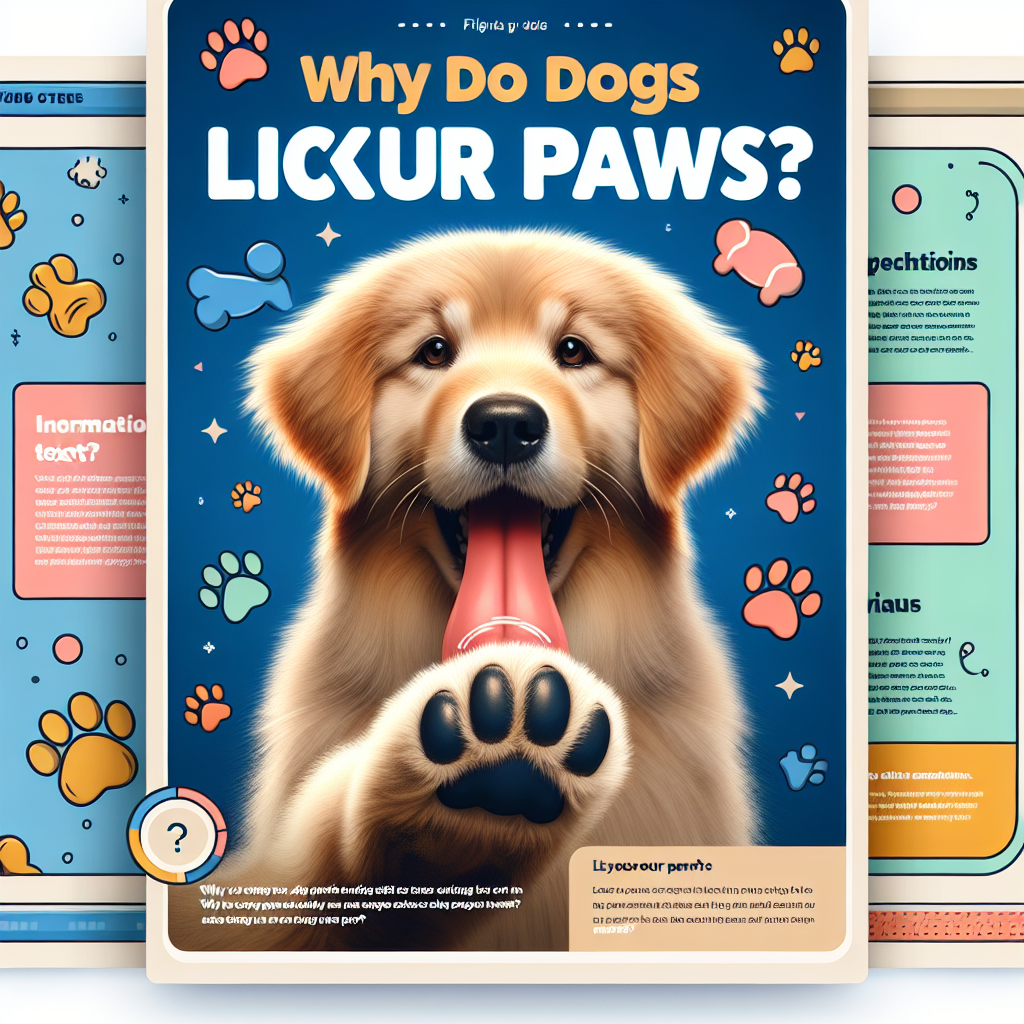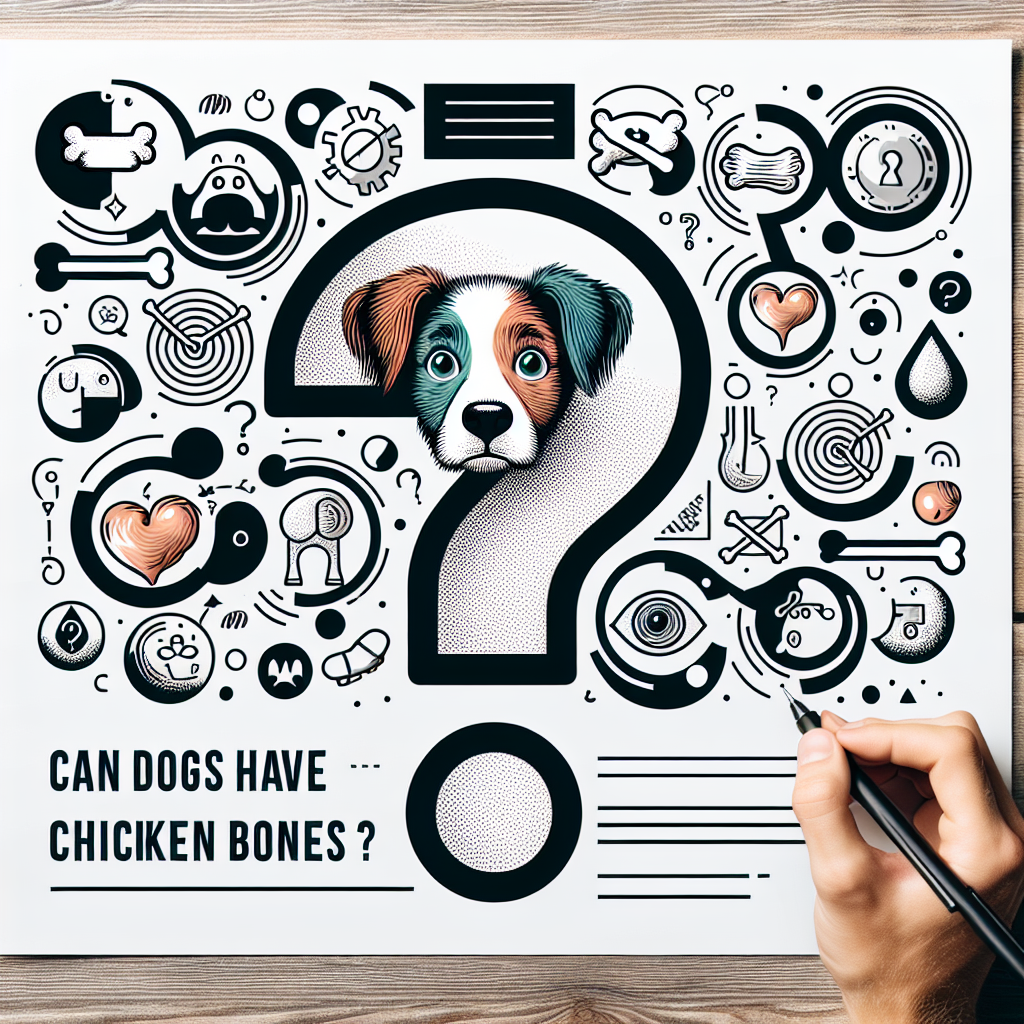When it comes to our canine companions, many dog owners often wonder about the safety of different types of bones for their pets. One common query is whether dogs can have pork bones. While the concept of dogs chewing on bones might conjure up images of happy pups gnawing on meaty treats, it’s crucial to understand the nuances involved, particularly with pork bones.
Understanding Bone Safety
Raw vs. Cooked Bones
First and foremost, the type of bone makes a significant difference. Raw bones can be safer than cooked bones. Cooking bones can make them brittle and more prone to splintering, which poses a choking hazard and can cause serious injuries to a dog’s digestive tract. Raw bones, on the other hand, are generally softer and can be more easily chewed.
Pork Bones: Raw vs. Cooked
-
Raw Pork Bones: If you decide to provide your dog with raw pork bones, they might find them tasty and beneficial for dental health, as chewing on bones can help reduce plaque buildup. However, supervision is essential, as even raw bones can splinter and become dangerous.
- Cooked Pork Bones: It is widely advised to avoid giving dogs cooked pork bones entirely. They can splinter and lead to severe health issues like blockages or lacerations in the mouth, throat, or intestines.
Risks Associated with Pork Bones
There are several risks associated with giving dogs pork bones, whether raw or cooked:
-
Splintering: Cooked bones are particularly prone to splintering, which can cause choking or puncture wounds.
-
Pancreatitis: Pork, especially fatty cuts, can trigger pancreatitis in dogs, a painful condition that can be dangerous.
-
Bacterial Infection: Raw pork can carry parasites like Trichinella spiralis, which can lead to infections if consumed. Always consider the health risks associated with raw meat.
- Allergic Reactions: Some dogs may have allergies or sensitivities to pork, which can lead to gastrointestinal upset or skin issues.
Alternatives to Pork Bones
If you’re looking for safe chew options for your dog, consider these alternatives:
- Raw Chicken Necks or Feet: These can provide a similar chewing experience with less risk.
- Beef Bones: Large beef bones (raw and from a reputable source) can be a safer alternative.
- Synthetic Chews: Many commercially available chews replicate the texture of bone without the risks.
- Vegetables: Certain veggies like carrots or sweet potatoes can also serve as a healthy, crunchy treat.
Conclusion
While dogs may enjoy the taste of pork bones, the potential risks far outweigh the benefits, especially for cooked pork bones. If you choose to offer your dog raw pork bones, ensure they are fresh, supervise their chewing, and consult your veterinarian for guidance on appropriate sizes and types. Always keep your dog’s safety as the top priority and consider healthier, safer alternatives for their chewing pleasure.





